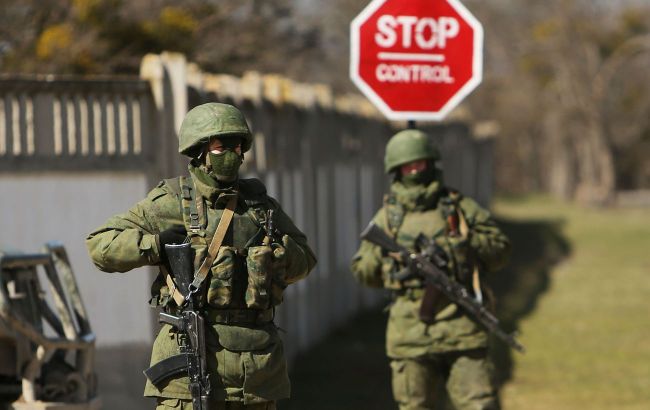Russia resorts to new tactics to prevent Ukraine from holding ground - NYT
 Illustrative photo (Getty Images)
Illustrative photo (Getty Images)
The Russian command is employing a tactic known as "elastic defense" in the war against Ukraine, initially yielding positions and then striking back in response. This strategy is being used to prevent Ukraine from holding populated areas and other positions as staging points for future attacks, The New York Times reports.
Experts note that instead of holding the trench line at all costs in the face of the Ukrainian advance, the Russian command has employed an ancient military tactic known as "elastic defense."
To execute the tactic, Russian forces pull back to a second line of positions, encouraging Ukrainian troops to advance, and then strike back when the opposing forces are vulnerable — either while moving across open ground or as they arrive at the recently abandoned Russian positions.
The goal is to prevent Ukrainian troops from actually securing a position and using it as a base for further advances.
However, this tactic is just one of several factors that have impeded more rapid progress, according to Ukrainian officials and military experts. They also cite Moscow’s use of dense minefields, networks of trenches and tank barriers, and the reluctance of the country’s NATO allies to supply advanced fighter jets and longer-range weapons sooner in the war.
The New York Times suggests that one of the most formidable problem for Ukraine is Russia’s large stockpiles of artillery, which have been deployed throughout the conflict and not least to repel the counteroffensive that began in June.
Elastic defense
This is not a new strategy. The Soviet Union employed it during its defeat of Germany in 1943 at the Battle of Kursk, one of the biggest on the eastern front during World War II. Russia also appears to have been applying it for some time in Ukraine, especially to hamper this summer’s counteroffensive.
According to experts, assessing whether the tactic is being deployed on any given day is difficult without direct access to Russian commanders. But the Institute for the Study of War noted signs of it in recent days around the village of Robotyne, which fell to Ukrainian forces at the end of August.
During that time, some significant field fortifications changed hands several times, with Russian forces conducting "successful limited tactical counterattacks."
Frontline situation
The Ukrainian counteroffensive has been ongoing for the past few months, achieving successes along the entire front, particularly near Bakhmut and the Zaporizhzhia region.
The liberation of Klishchiivka and Andriivka brought the Ukrainian Armed Forces closer to one of the main supply routes to Bakhmut.
The White House believes that weather conditions will not hinder the Ukrainian offensive for a few months for sure.
Meanwhile, General Oleksandr Tarnavskyi has said that winter will not impede the Ukrainian counteroffensive, as most combat advances are now conducted on foot.
For more information on the battlefield situation and new potential threats, read the RBC-Ukraine overview.

